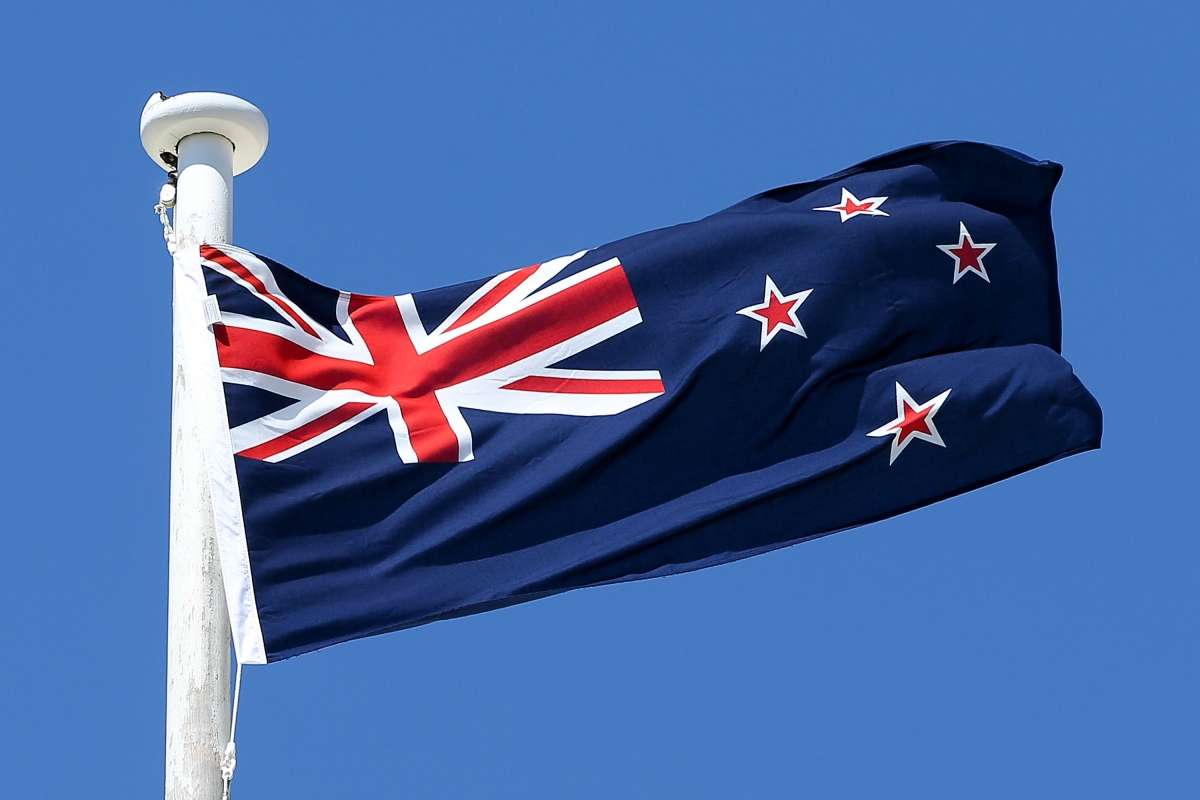
The existing New Zealand flag was voted to stay
GettyPrime Minister John Key's initiating and championing of the referendum
process politicised the decision along party lines. The right-of-centre leader
openly advocated getting rid of the current flag, and then campaigned in
favour of the alternative design. This was a major problem, as it generated
opposition to change from many on the political left – who would otherwise be
more open to a change of flag. This, in turn, created a cross-spectrum
coalition of conservatives and liberals that was always going to be hard to
overcome.
The NZ$26 million spent on the referendum process was widely
criticised, especially as many saw it as a vanity project for the prime
minister. If, instead, it had been tied to significant constitutional
change, such as becoming a republic, then it would have had more
legitimacy. Instead, John Key raised the idea out of the blue in the
lead up to the 2014 general election, making it easily characterised as a
shallow attempt to distract voters from genuine election issues.
Key's self-description as a monarchist and his re-introduction of the old
honours system also somewhat undermines his credibility as someone
wanting to cut the colonial apron strings. Key has certainly suffered a political
setback with the rejection of his initiative, but a sideshow is just that and there
is no evidence to date that the loss will result in wider political fallout for him.
Many who wanted change simply didn't like the alternative,
which was criticised as shallow 'corporate' design - better suited to
wrapping a pound of butter, or adorning a beach towel, than being
displayed with pride atop a flagpole. It did appear to be a cut and
paste compromise – offering to replace the colonial Union Jack in the
corner with a fern, a popular symbol targeted at those wanting change,
but left the rest unchanged to appeal to traditionalists. In a political
and marketing sense it probably made sense. As is often the way with
design projects, the result of this logic ended up very unappealing to
many who genuinely wanted something new.

The five flags that New Zealanders voted for in the referendum.
Govt.nz
Many
were unhappy with the options for change that the appointed flag-change
panel came up with for the first referendum last year, especially as
they included two designs by the same person that were almost identical
(above far left and far right). Some obvious and very popular options
were not put to the vote. The white silver fern on a black background
has been widely used for many years, notably by the All Blacks. While
the current flag is seen on flagpoles, the silver fern has been far more
dominant over the years in the hands of New Zealanders and on their
clothing.
There was little discussion about the British Union Jack
itself, which was somewhat surprising as the final choice essentially
came down to replacing it on the corner with the silver fern. It would
be a mistake to read the result as any indication of feelings towards
the "mother country". The relationship to Australia (because of
confusion between our flags) was much more widely
debated.
debated.
There were also very few Maori inspired design options.
People all over the world have embraced the uniqueness and strength of
Maori design to literally have it tattooed on their bodies and yet that
obvious expression of New Zealand's uniqueness was poorly represented in
the whole process. In the end, the referendum result was closer than
many polls suggested – 57% for the status quo versus 43% for change.
There is little doubt that many who voted against change this time (for
the reasons above) actually do want a new flag, so the close vote
indicates there probably is a majority for change.
The real question is how long it will be before the subject comes up again.
A future process that makes sense as part of another significant change (and
engenders real debate on identity), that is de-politicised as much as possible,
involves people with actual design skills from the start and doesn't exclude the
obvious use of the colour black is very likely to succeed.
Dr Bryce Edwards is a lecturer in politics at the University of Otago in New Zealand

Post a Comment